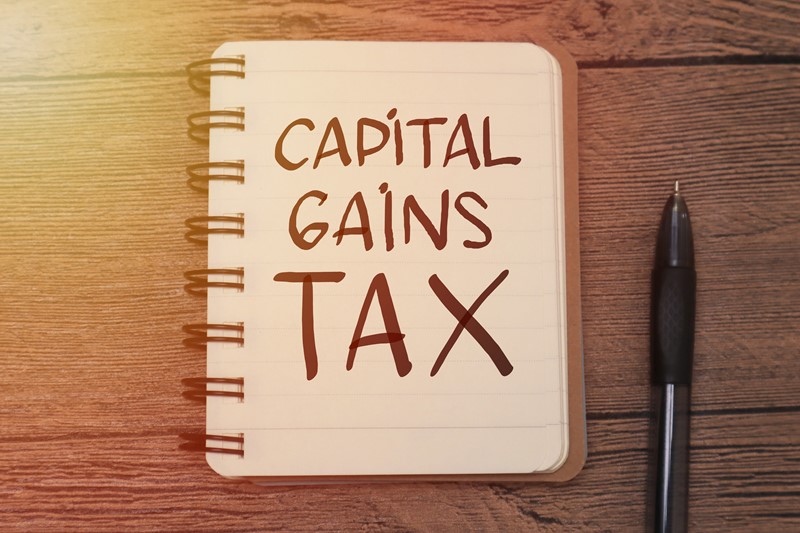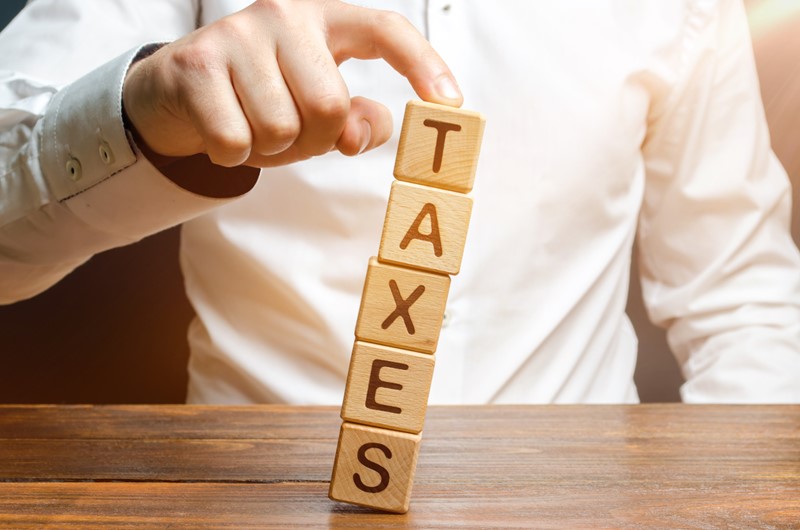The new Chancellor, Nadhim Zahawi, has visited a school holiday club in London where he committed to continuing to help families with increases in the cost of living. The visit shone a light on the government’s Help for Households Campaign after a further series of cost-of-living deals were announced. These deals will help provide extra support to families as children return to school.
The back to school offers include a bespoke new deal with the publishing firm Scholastic, who are offering 20% off children’s books and a curated set of Back-to-School deals from Amazon, including up to 30% off Clarks School Shoes and deals on stationery. A number of other Help for Households partners, including Marks & Spencer, Primark, Shoezone, ZSL and Go-ahead have also agreed to promote their existing support schemes under the Help for Households campaign to raise awareness.
Existing deals include the extension of Asda’s ‘Kids eat for £1’ scheme, where children aged 16 and under can access a hot or cold meal for £1 at any time of day in Asda Cafes across the UK and Sainsbury’s is introducing a ‘feed your family for a fiver’ campaign, helping customers with budget-friendly meal ideas to feed a family of four for less than £5.
At his visit, the Chancellor said: ‘We are doing all we can to support families and I am delighted that more retailers have got on board with our Help for Households campaign, offering some brilliant discounts on back-to-school essentials.’
The discounts and offers can be accessed on a special website on GOV.UK helpforhouseholds.campaign.gov.uk/discounts-and-offers/












